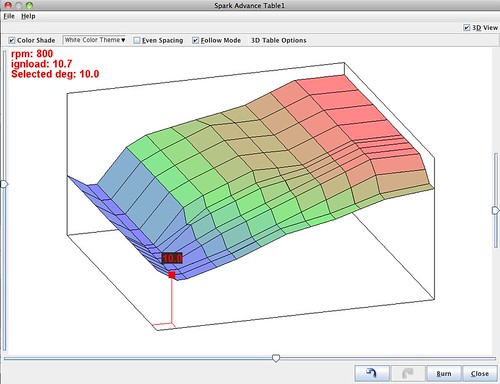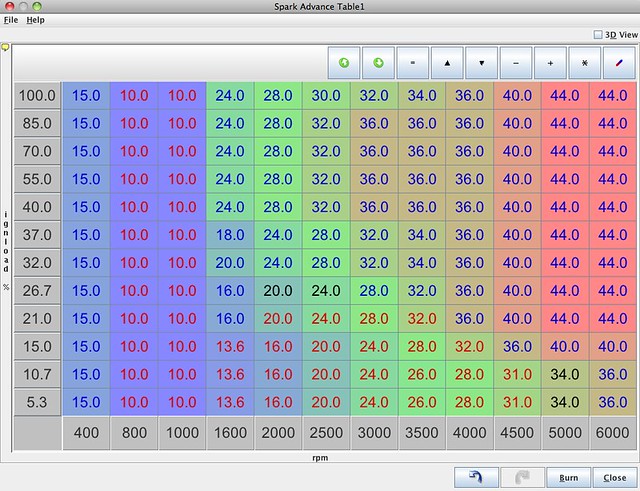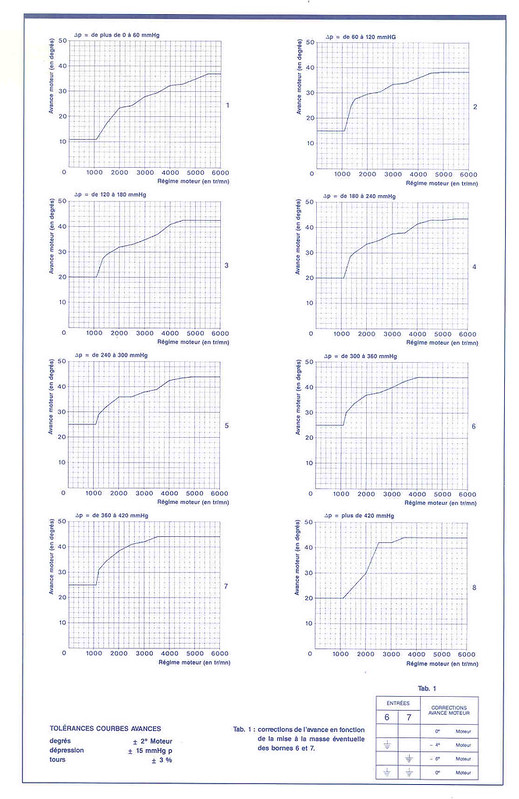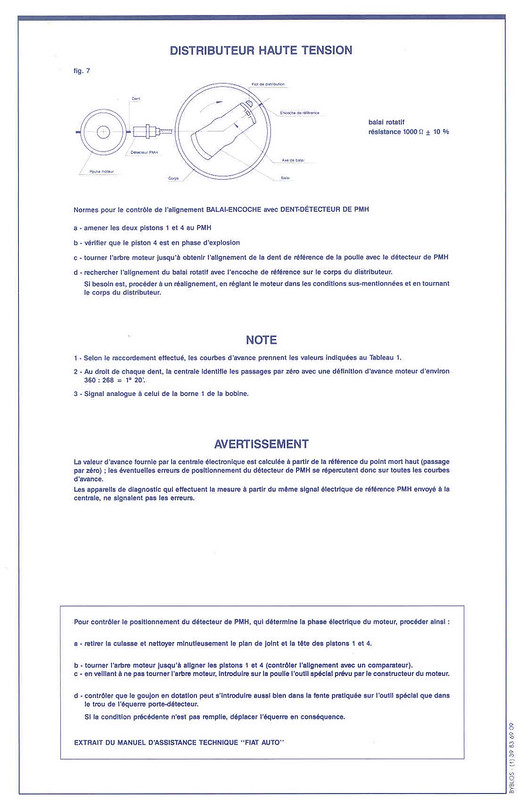This thread will be my first in a series of MegaSuirt Spider topics. I will start with timing. Hopefully this will be of some use to others in the future.
For those of you who are not familiar with MS it is a DIY engine management system. Megajolt is related system that focuses on ignition only.
While I have managed to complete the build and get the car running I could use some help on the fine tuning. I hope to spend this summer tuning my long-term MS Spider project. I have receive fantastic help and support on the MS forums for all generic questions. Now it is time for very Fiat specific input. For that, I appeal to the FS.com brain trust.
A few details
Car = 1980 Fiat 2000 FI. 120,000 km and ran well for a few years of ownership.
-Stock internals.
-GM temperature sensors for water and air
-Innovative LC Wideband O2
-Lancia Delta intake manifold
-DSM 450cc injectors on custom fuel rail
-EDIS4 ignition with COP conversion
-stock FI exhaust manifold and exhaust (for now).
Megasquirt firmware = MS2 Extra v2.0.3
Software = TunerStudio
So here is my current timing table. The car starts OK and runs OK without load up to 4000 rpm, in my garage.
The map signal allows input up to 250 kpa which is in preparation for a turbo, the driving force behind the whole project.
This table has a "trough" from 800 - 1000 rpm. The trough was created to help stabilize idle and has been very successful in conjunction with a similar trough on my fuel map (which I will be looking for help in another post).
At 400 rpm the ignition is set at 2 degrees above idle. This is my low tech idle control. If the idle drifts below 800, the timing advances to increase engine speed.
As the ignition table is foundational to the engine running well I am looking for input and comments
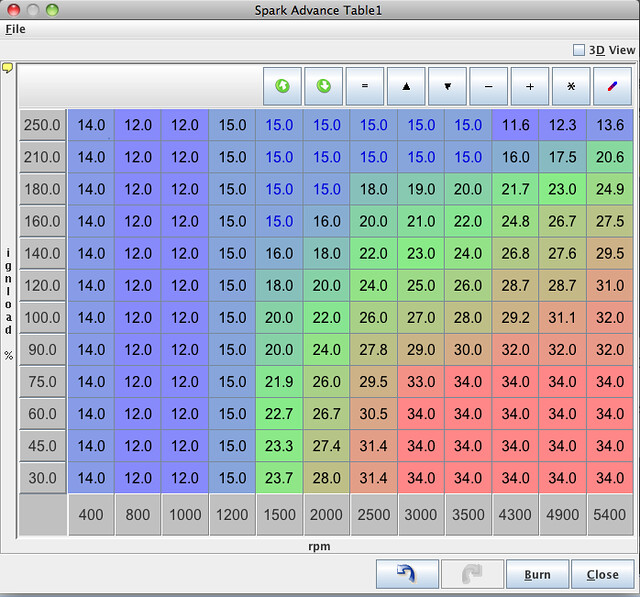
This is the same map in 3D. In this view the idle stabilization trough is easier to see and the timing retard for boost is well represented with colors and contour.

Thanks for looking!
Jordan
